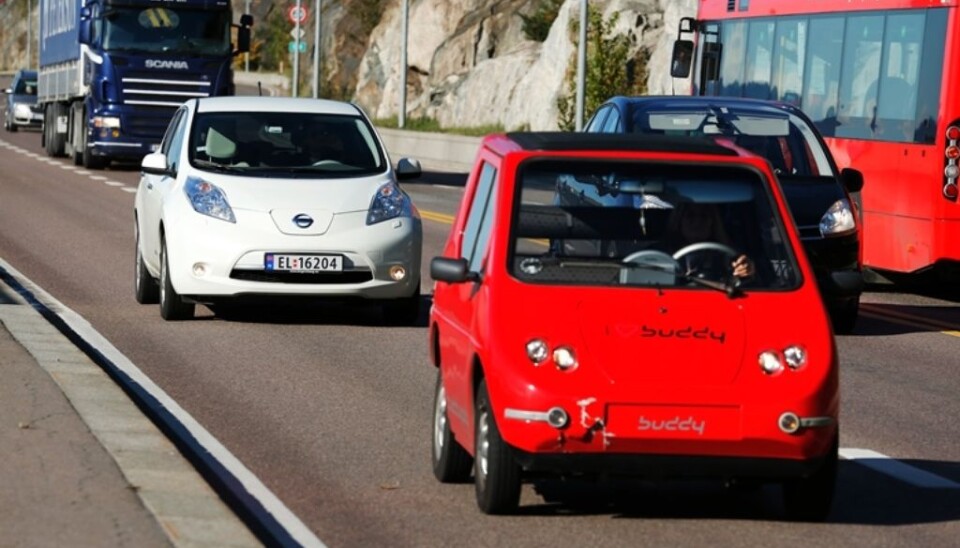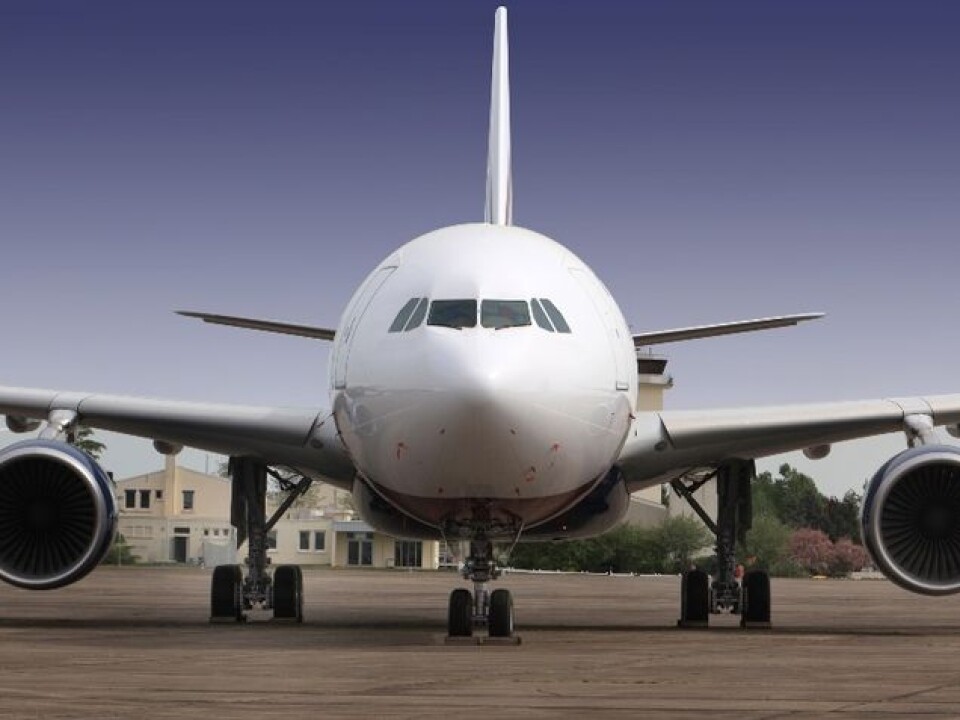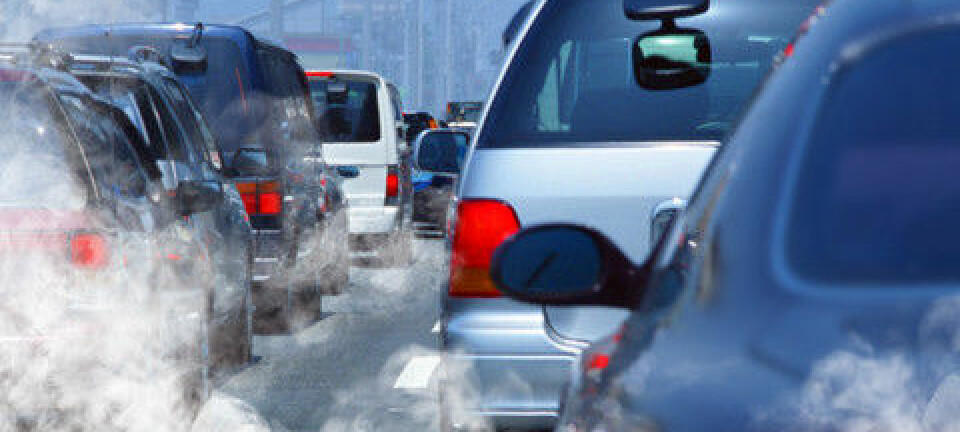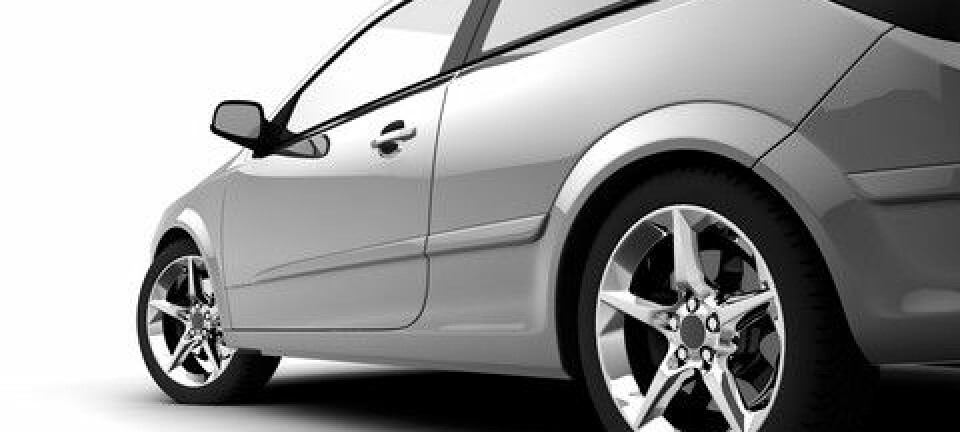An article from University of Oslo

Substantial emission cuts from cars
New passenger cars in Norway are emitting increasingly smaller amounts of greenhouse gases.
Denne artikkelen er over ti år gammel og kan inneholde utdatert informasjon.
Emissions from new passenger cars have been reduced from new cars by almost 40 percent since the introduction of the one-time registration fee in 2006, which penalizes the purchase of cars with high carbon dioxide emissions and rewards the purchase of low-emission cars.
“The combination of the ‘whip and carrot’, the one-time registration fee and electric car privileges have been extremely effective,” says Lasse Fridstrøm of the Norwegian Centre for Transport Research, who serves as project manager for the TEMPO project.
The privileges include exemption for VAT and car tax as well as access to bus lanes, free parking, free toll-road use and free ferries..
However, it will take 15–20 years before emissions from the entire car fleet are reduced by 40 percent.
Must phase out combustion engines

“If we continue the one-time registration fee and make it stricter, we can cut emissions from passenger cars by over 60 percent by 2050, ” says Fridstrøm.
“To achieve even lower emissions, cars without charging capability or fuel cells must not be sold after 2040,” he adds.
If non-electric cars with combustion engines are phased out as early as 2030, the amount of emissions in 2050 can be reduced by 85–90 percent compared with 2013.
Phasing out traditional cars may occur gradually as the fees steer the trend in that direction over time, or if in 2040 the authorities place a ban on vehicles other than zero-emission cars or electric cars.
Positive attitude
Traditional cars will not disappear by themselves. That will only happen if there is political will and acceptance by the general public.
Knut Alfsen of the Oslo based Center for International Climate and Environmental Research (CICERO) points out that there are indications the general public would be on board with this.
“Norwegians have shown they are willing to accept relatively forceful, restrictive measures if they feel the measures work as intended.”
“We have a positive attitude towards congestion charges and are willing to add a krone [0.12 euro] to the price of fuel if the revenues from the fees are earmarked for environmental measures,” Alfsen says.
Car drivers save money

If the average amount of emissions from passenger cars is cut in half, society will save the costs related to roughly 1.3 billion litres of fossil fuel per year compared with 2013, while car drivers will save about NOK 18 billion (EUR 216 millions) annually. Of course there will be electricity costs instead, but those costs will be considerably lower because electric engines on average are three times as energy efficient as combustion engines.
Nevertheless, a car fleet comprised of low- and zero-emission cars will make driving a car less expensive, which may result in more cars on the road.
“It will continue to be important in the future to expand collective transport and implement land-use policy that favours bicycles and pedestrian paths, even though personal transport should be emissions free,” says Fridstrøm.
Must fly less
Even with large cuts in emissions from passenger cars, it is still necessary to reduce greenhouse gas emissions from other parts of the transport sector.
“In order for Norway to reduce its emissions in keeping with the goal of limiting global warming to under two degrees, emissions from the entire transport sector must be reduced,” says Alfsen.
Especially in air transport, dark clouds are on the horizon.
Research conducted by the TEMPO project shows that although the average Norwegian flies only four times a year, those flights have the greatest impact on the climate. The reason is the formation of condensation stripes and cirrus clouds which capture the heat in the atmosphere. The climate impact from these clouds may be just as great as for CO2 emissions, but are not regulated by any agreements.
From roads to railways
Emissions from freight transport must be reduced as well, and most of the freight transport between Norwegian cities must be moved from roads to railways. In order for this to happen, an investment must be made in the development of freight terminals and rail track junctions.
Large amounts of freight are transported to Norway from Europe by highway. Railways account for only five to 10 percent of the transport near the Norwegian-Swedish border between Svinesund and Halden.
“If we get this percentage up, we can reduce large amounts of carbon dioxide. This will require cooperation across national borders and recognition that the Norwegian railway does not end at the Swedish border, but is part of an international network” says Fridstrøm.
------------
Read the Norwegian version of this article at forskning.no

































